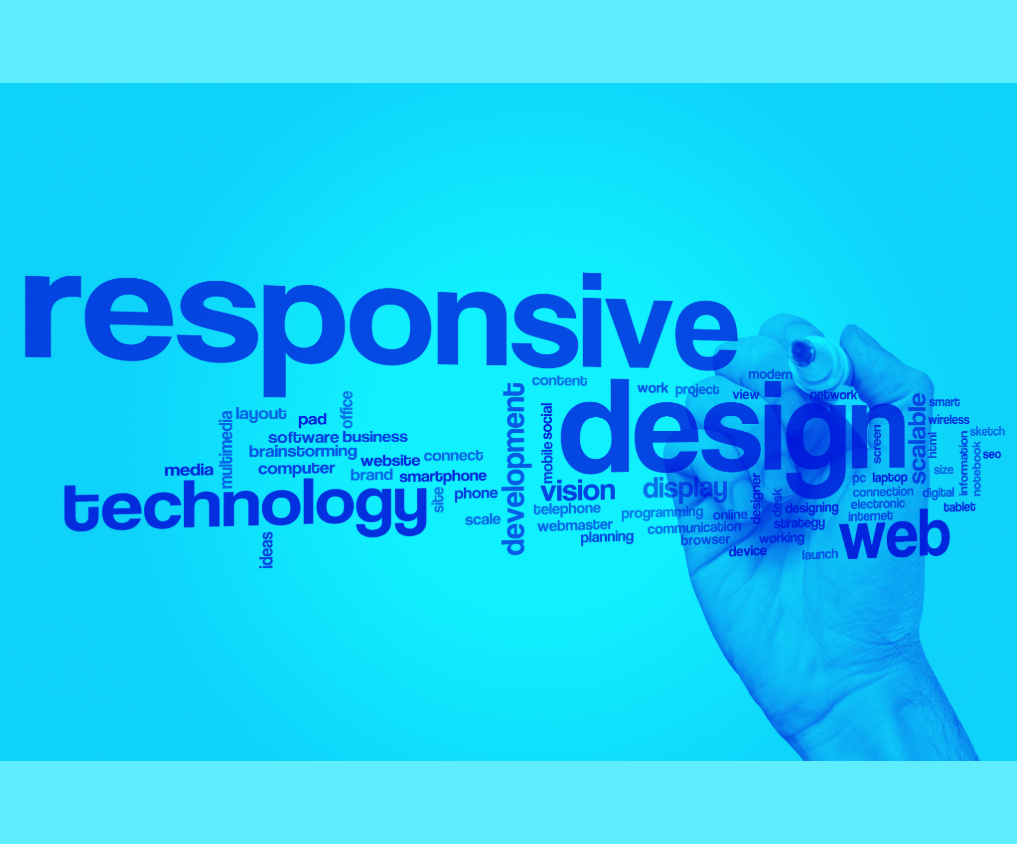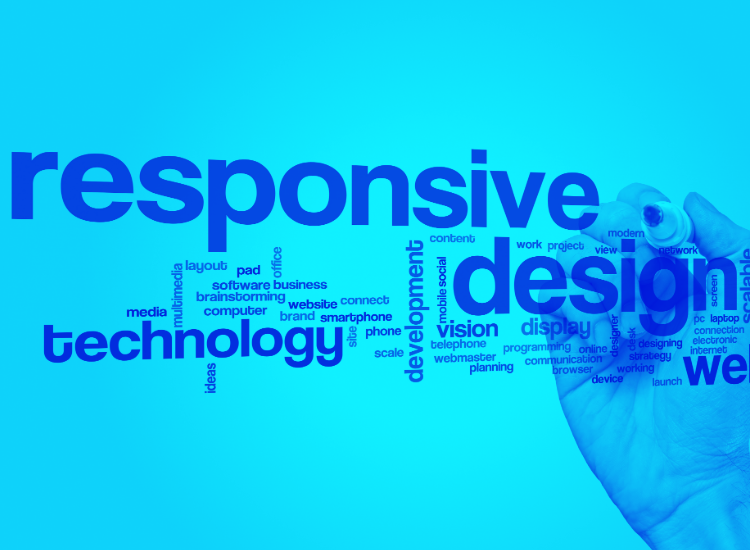Mastering the Art of Web Design: A Comprehensive Guide to CSS
BY Creative Designs By CCW · December 31 2023 ·Introduction:
In the ever-evolving world of web development, cascading style sheets (CSS) play a pivotal role in shaping the visual appeal of a website. CSS empowers developers to control the layout, design, and overall aesthetics of web pages, providing a seamless user experience. In this blog post, we'll explore the fundamentals of CSS and delve into advanced techniques to help you master the art of web design.
Understanding the Basics of CSS:
Selectors and Properties:
CSS relies on selectors to target HTML elements and apply styles. Understanding the different types of selectors, such as class, ID, and element selectors, is crucial for effective styling. Properties, on the other hand, define the visual characteristics of elements, including color, size, and position.
Box Model:
The box model is a fundamental concept in CSS that defines how elements are rendered on a page. Each element is treated as a rectangular box, consisting of content, padding, borders, and margins. By mastering the box model, you can create well-structured and responsive layouts.
Flexbox and Grid Layouts:
Flexbox and Grid Layout are powerful CSS features that simplify the creation of responsive and dynamic page structures. Flexbox excels in one-dimensional layouts, while Grid Layout excels in two-dimensional layouts. Learn how to leverage these tools to achieve flexible and adaptive designs.
Advanced CSS Techniques:
CSS Transitions and Animations:
Enhance user engagement by incorporating smooth transitions and animations. CSS provides keyframe animations and transition properties that allow you to create visually appealing effects, from subtle hover transitions to complex animations that capture the user's attention.
CSS Variables:
CSS variables bring modularity and maintainability to your stylesheets. By defining variables for colors, fonts, and other properties, you can easily update the entire look and feel of a website by modifying just a few variables.
Media Queries for Responsive Design:
With the increasing variety of devices and screen sizes, responsive design is essential. Media queries enable you to adapt your styles based on the characteristics of the device, ensuring a seamless experience across desktops, tablets, and smartphones.
Best Practices for CSS Optimization:
Minification and Compression:
Optimize your CSS files by minifying and compressing them. This reduces file sizes, leading to faster loading times and improved website performance.
Browser Compatibility:
Stay informed about the latest browser updates and ensure cross-browser compatibility. Prefix your CSS properties with vendor prefixes to ensure consistent rendering across various browsers.
Code Organization:
Adopt a modular and organized approach to CSS by using methodologies like BEM (Block Element Modifier) or SMACSS (Scalable and Modular Architecture for CSS). This promotes maintainability and collaboration among developers.
Conclusion:
Mastering CSS is a journey that involves understanding the basics, exploring advanced techniques, and adopting best practices for optimization. By harnessing the power of CSS, web developers can create visually stunning and responsive websites that captivate users and deliver an exceptional user experience. As technology continues to evolve, staying updated on the latest CSS features and best practices is essential for staying ahead in the world of web design.








